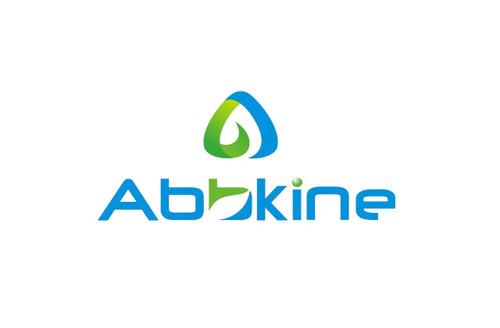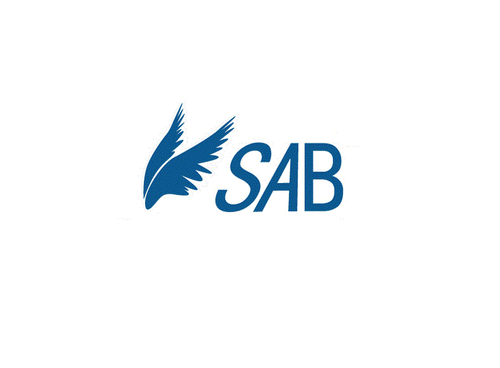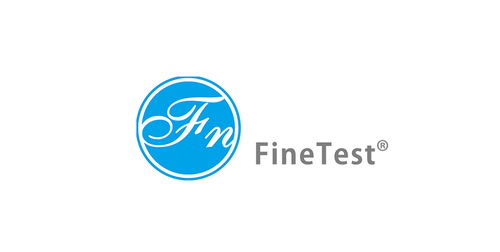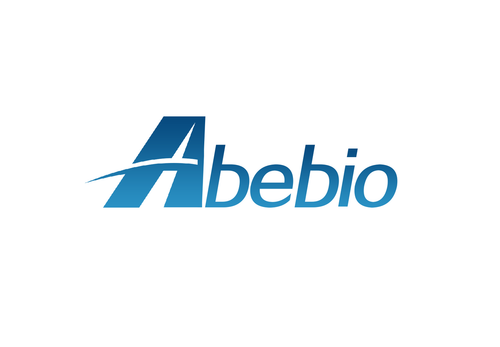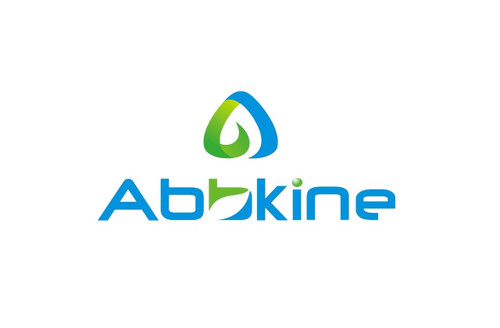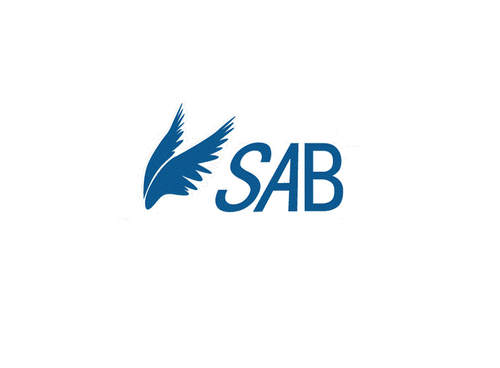Product Description
Human Next to BRCA1 gene 1 protein (NBR1) ELISA Kit | KTE61353 | Abbkine
Application: This Human Next to BRCA1 gene 1 protein (NBR1) ELISA Kit employs a two-site sandwich ELISA to quantitate NBR1 in samples. An antibody specific for NBR1 has been pre-coated onto a microplate. Standards and samples are pipetted into the wells and anyNBR1 present is bound by the immobilized antibody. After removing any unbound substances, a biotin-conjugated antibody specific for NBR1 is added to the wells. After washing, Streptavidin conjugated Horseradish Peroxidase (HRP) is added to the wells. Following a wash to remove any unbound avidin-enzyme reagent, a substrate solution is added to the wells and color develops in proportion to the amount of NBR1 bound in the initial step. The color development is stopped and the intensity of the color is measured.
Detection Method: Colorimetric
Conjugate: N/A
Sample Type: Cell culture supernatants#Serum#Plasma#Other biological fluids
Assay Type: Multiple steps standard sandwich ELISA assay with a working time of 3-5 hours. It depends on the experience of the operation person.
Kit Component: • Human Next to BRCA1 gene 1 protein microplate
• Human Next to BRCA1 gene 1 protein standard
• Human Next to BRCA1 gene 1 protein detect antibody
• Streptavidin-HRP
• Standard diluent
• Assay buffer
• HRP substrate
• Stop solution
• Wash buffer
• Plate covers
Features & Benefits: Human Next to BRCA1 gene 1 protein (NBR1) ELISA Kit has high sensitivity and excellent specificity for detection of Human NBR1. No significant cross-reactivity or interference between Human NBR1 and analogues was observed.
Calibration Range: Please inquire
Limit Of Detection: Please inquire
Usage Note: • Do not mix components from different kit lots or use reagents beyond the kit expiration date.
• Allow all reagents to warm to room temperature for at least 30 minutes before opening.
• Pre-rinse the pipet tip with reagent, use fresh pipet tips for each sample, standard and reagent to avoid contamination.
• Unused wells must be kept desiccated at 4 °C in the sealed bag provided.
• Mix Thoroughly is very important for the result. It is recommended using low frequency oscillator or slight hand shaking every 10 minutes.
• It is recommended that all samples and standards be assayed in duplicate or triplicate.
Storage Instruction: The unopened kit should be stored at 2 - 8°C. After opening, please store refer to protocols.
Shipping: Gel pack with blue ice.
Precaution The product listed herein is for research use only and is not intended for use in human or clinical diagnosis. Suggested applications of our products are not recommendations to use our products in violation of any patent or as a license. We cannot be responsible for patent infringements or other violations that may occur with the use of this product.
Background: Autophagy cargo receptor encoded by NBR1 was originally identified as an ovarian tumor antigen monitored in ovarian cancer. Autophagy cargo receptor contains a B-box/coiled-coil motif, which is present in many genes with transformation potential. It functions as a specific autophagy receptor for the selective autophagic degradation of peroxisomes by forming intracellular inclusions with ubiquitylated autophagic substrates. NBR1 is located on a region of chromosome 17q21.1 that is in close proximity to the BRCA1 tumor suppressor gene. Alternative splicing of this gene results in multiple transcript variants.
Alternative Names: NBR1; 1A1-3B; FLJ55359; FLJ98272; KIAA0049; M17S2; MIG19; membrane component; chromosome 17; surface marker 2 (ovarian carcinoma antigen CA125) ; migration-inducing protein 19
Search name: NBR1; 1A1-3B; FLJ55359; FLJ98272; KIAA0049; M17S2; MIG19; membrane component; chromosome 17; surface marker 2 (ovarian carcinoma antigen CA125) ; migration-inducing protein 19
Tag: NBR1
 Euro
Euro
 USD
USD
 British Pound
British Pound
 NULL
NULL



